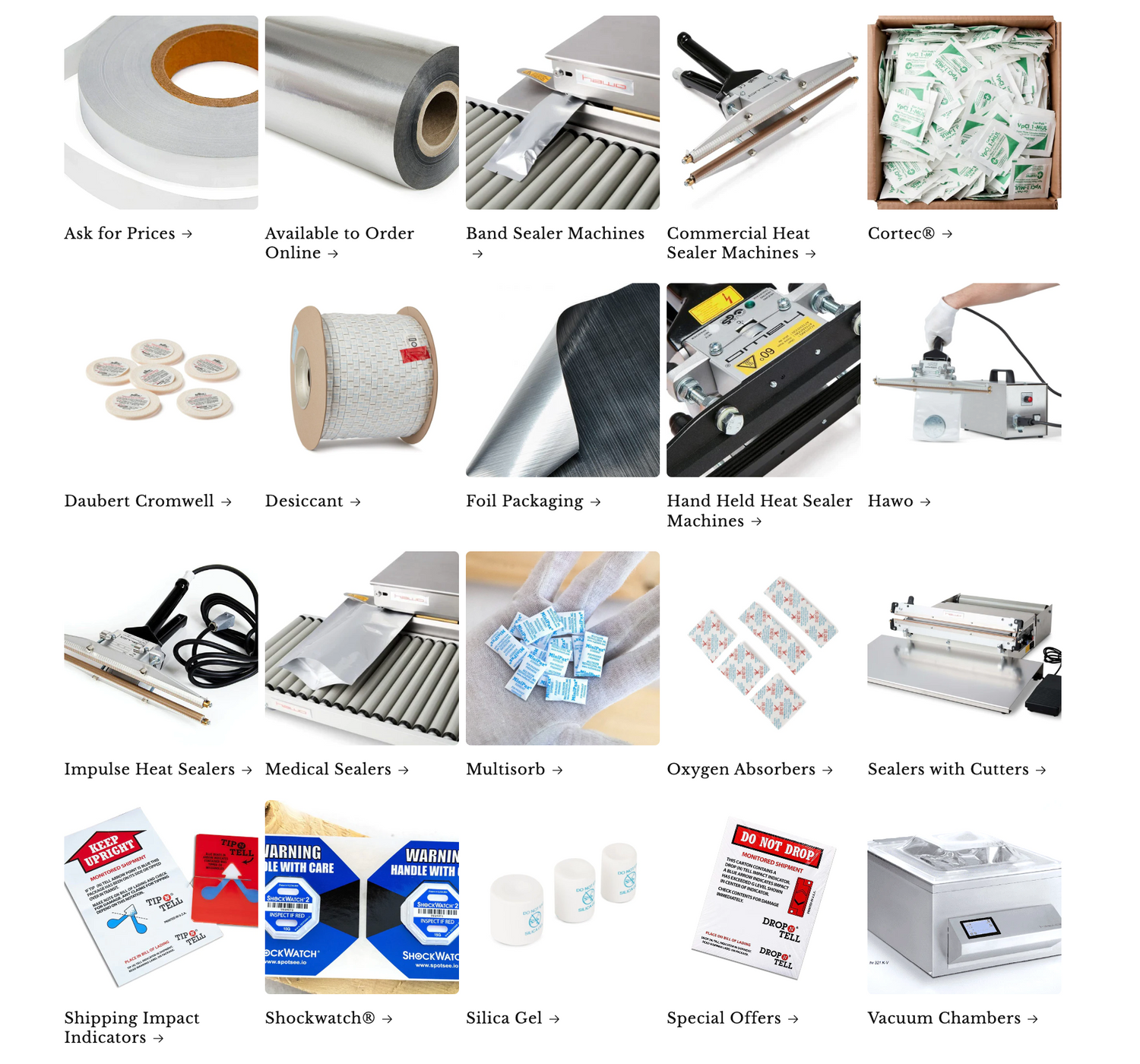The Antimicrobial Coatings Market Is Set For Growth As Hospital Acquired Infections Spread | Valdamark
Alex ToddHospital-acquired infections, or HAIs, are a significant and costly problem for healthcare systems around the world.

These infections, typically caused by microbes such as bacteria or viruses, affect patients who are already in a weakened state and therefore more susceptible to developing severe health complications from the infection.
Many of these harmful microbes and infections can be prevented through rigorous adherence to proper hand hygiene practices before, during, and after patient contact; however, for many hospitals, no matter what protocols are put in place eliminating the spread of these dangerous types of infections is extremely challenging.
Despite increasingly strenuous methods to address this issue, measures like proper ventilation systems and updated cleaning protocols have yet to make an impact on the fact that hospital-acquired infections remain one of the biggest public health threats today.
The increase in hospital-acquired infections is seeing growth occur in the antimicrobial coating market as its products become more in demand. The global market and the manufacturing process will continue to see growth as new bacterial strains and hygiene-critical environments emerge.
The Antimicrobial Coatings Market
The antimicrobial coatings sector is growing rapidly as global demand increases. Based on a recent report from Frost and Sullivan, it is estimated that this segment could hit almost $2 billion by 2020. Antimicrobial coatings find application in numerous industries, such as medical equipment manufacturing, where these materials help to provide an extra layer of protection for products that are prone to corrosion or bacterial contamination.
An antimicrobial coating protects surfaces from bacteria, viruses, and fungi which can increase the longevity of products and reduce transmission risks. With the growing feasibility of using antimicrobial technology in a variety of forms, such as liquids and powders, the widespread adoption of these protective agents seems imminent in many areas.
Laboratory testing continues to develop new antimicrobial treatments and antimicrobial technologies including self-cleaning coatings, and other anti-bacterial defences to protect surfaces.
How do Antimicrobials Work?
Antimicrobial coatings are an excellent solution for preventing the spread of microorganisms, such as bacteria or fungi. These coatings typically consist of polymers containing biocides which provide a durable layer of protection that is effective against microbial growth. When applied to a surface, these compounds work by releasing biocide molecules into their environment and creating an inhospitable atmosphere for potential pathogens.
In addition, the coating can act as a physical barrier that prevents the microorganisms from attaching themselves to sensitive surfaces, allowing them to be quickly and easily cleaned away with water and conventional cleaning products. As they are not toxic when applied correctly, antimicrobial coatings offer an environmentally friendly solution that keeps regularly touched surfaces safe and hygienic.
How are these Coatings used in Hospitals?
Antimicrobial coatings are becoming increasingly popular within hospitals and other healthcare facilities, as a means of reducing biofilm and contamination. These coatings come in two forms: Traditional antimicrobials that act as a preventative force, killing all microbes right off the bat; or new self-disinfecting options which offer residual protection and reduce the need for repeated treatments.
The antimicrobial coating can be used on any type of hospital equipment (such as air conditioning systems), most typically medical devices or surfaces where patients or caregivers reside. Hospital mattresses and bed frames, medical carts, and wheelchairs, IV poles, and blood pressure cuffs are all ideal places to apply these unique coatings to ensure a hygienic experience for everyone involved.
By creating an environment with reduced microbial activity, the risk of cross-contamination is greatly decreased while patient safety is increased significantly.
Where Else can Antimicrobial Coating be used apart from Hospitals?
Antimicrobial coatings can be utilized in a variety of places beyond hospitals. These protective coatings can help guard residential and commercial areas from disease-causing bacteria and germs. For instance, people may choose to use them in childcare centres and schools, both to protect children's health and help keep the surfaces clean for longer periods.
Similarly, antimicrobial coatings could also be beneficial for places where there is large public gathering such as restaurants and sporting venues. This could not only help with maintaining good hygiene but also reduce costs that would otherwise have to be spent on frequent deep cleaning operations.
Antimicrobial coatings are also heavily used in the food industry to keep areas clean from food-borne bugs and diseases. Antimicrobial coatings can easily be applied to walls, counters, and nearly all mechanical surfaces. They can also be spray-applied onto gloves, masks, textiles, and even flexible pouch packaging. In addition, antimicrobial additives are added to paints and building materials to offer protection to builders.
The antimicrobial coating is a great way of keeping an environment safe while avoiding repeated heavy cleaning efforts.
Croda's MyCroFence Technology
Croda is an innovative provider of bio-based antimicrobial coatings, which are proven to effectively inhibit the growth of harmful microorganisms and improve the durability, lifespan, and cleanliness of coated items. All Croda antimicrobial coatings contain biocide-free active ingredients that are non-migrating, odourless, and colourless.
Through its proprietary patented technique, Croda creates reliable biocides–coating components that possess a safe approach towards bacteria management for use in manufacturing processes and consumer products. Thanks to Croda’s long-standing expertise within the healthcare sector and other industries providing hygiene-based services, there is now access to not just highly effective but also flexible antimicrobial formulations which can be applied directly onto substrates.
Croda has created MyCroFence as an innovative ‘surface active' technology. It is primarily designed to be incorporated with paint and coatings helping to meet the strict requirements prescribed in the new European Biocide Product Legislation introduced last year. It is also a much safer and less toxic solution compared to current alternatives.
The market for antimicrobial coatings is set to grow rapidly reaching an impressive 4.3 billion dollars by 2023. Year-on-year growth is forecast at over 10.7% from 2019 to 2023.









